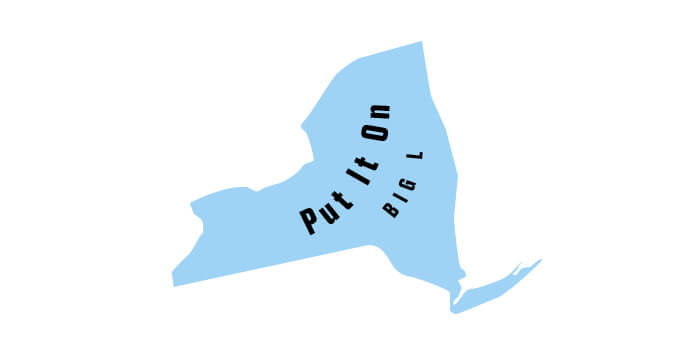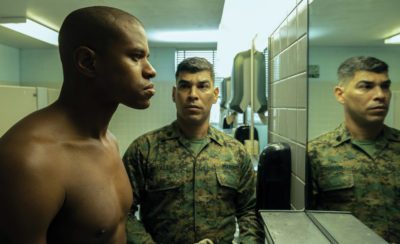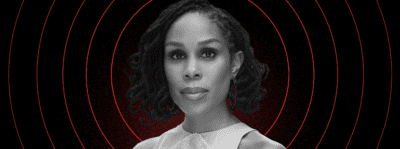Musical Map Of The USA: New York—Big L

I never thought to question whether I even liked the rap I used to listen to until recently. Rap was a part of identity more than a voluntary cultural consumption choice. I identified with the other white boys dressed in dunks and fitteds in my high school in New York City, and music was part of that identity. There was no choice.
In our opinion (I did not have opinions of my own back then), Biggie was overplayed, Nas was good–very good–but too intellectual to listen to at parties (same goes for Talib Kweli and Mos Def), 50 was fun but kinda stupid, Eminem was also really good but mostly for angry 8th graders, and also not great for parties, Dr. Dre was too corporate, Common was too social justice-y. So Big L was Goldilocks.
There was a time–10th and 11th grade–when “Put It On,” probably Big L’s most popular song, seemed to be in constant rotation at our house parties (which usually took place in our parents’ apartments while they were away, and usually ended with someone breaking something or throwing up on a couch).
New York is not a melting pot (except in the sense that white people move into neighborhoods with the finesse of molten lava and destroy everything there before them); it is, or was when I was growing up, really more a collection of tiny towns with extremely individuated cultures. Big L nailed this hyper-localism, rapping not only about his neighborhood (Harlem), but specific blocks on it, specific project hallways, the names of his actual friends.
The place he was rapping about was not my own, our own, but us downtown white boys–the sons of artists and struggling restaurant owners, public school teachers and public interest lawyers–did not have a music of our own to cling to (what’s the last time a good musician came out of TriBeCa?), and so we appropriated the music of other neighborhoods.
When I left the city for college–my first time out of the city for any extended period of time–I felt equally disarmed by the whiteness of my college town’s preferred music and uncomfortable trying to infuse the music of a culture I already was guilty of appropriating into an even whiter space.
The experience left me pining for a New York I’d never known and that maybe never existed, where I imagined infinite identities could be created, not borrowed and worn awkwardly like my older brother’s clothes.
This is one of more than 50 posts that make up our musical map of the United States, published by region—the West, Midwest, South, and Northeast—by writers who have strongly associated a song with a state.
[sc name=”nattysaw5″ ]
You might also like 





















